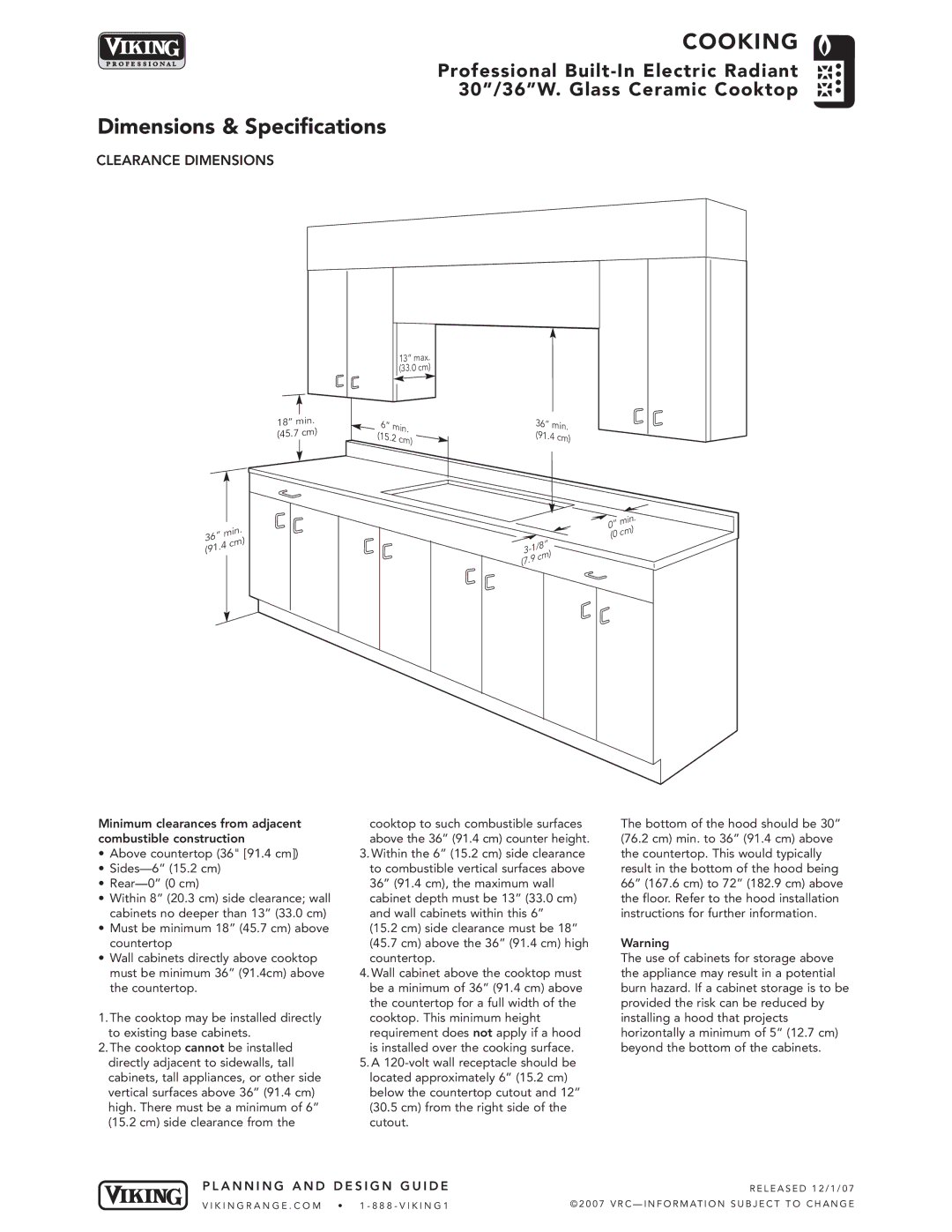VECU specifications
The Viking VECU (Viking Electric Control Unit) is a cutting-edge electrical control system designed for the modern era of energy management and utilization. It serves as a pivotal component in various applications, from marine to automotive and renewable energy sectors. The VECU distinctly stands out due to its robust design and advanced technology integration.At the heart of the Viking VECU is its ability to precisely monitor and control electrical systems. This includes real-time data acquisition, enabling users to track the performance of electric motors, power generators, and propulsion systems. The incorporation of a user-friendly interface allows operators to easily navigate through essential metrics and system diagnostics, enhancing operational efficiency.
One of the primary features of the Viking VECU is its modular design. This allows for seamless integration with existing systems and facilitates scalability as the user’s needs evolve. The unit is equipped with multiple communication protocols, including CAN bus and Ethernet, which provide versatility in connectivity options. This adaptability ensures that the VECU can be tailored to specific use cases, making it an ideal choice for various industries.
The Viking VECU is also built with advanced safety mechanisms. It incorporates protective measures such as over-voltage, under-voltage, and over-current protection, allowing for safe operation under varying conditions. Additionally, the system employs sophisticated fault detection algorithms to identify and address issues before they escalate, ensuring reliability and longevity.
Energy efficiency is a key characteristic of the Viking VECU. With its advanced algorithms for load management, it optimizes power distribution and reduces waste. This capability is particularly important in applications where minimizing energy consumption is critical, such as in electric vessels or hybrid systems.
In conclusion, the Viking VECU is a powerful tool that embodies innovation, efficiency, and adaptability. Its combination of advanced monitoring capabilities, modular design, robust safety features, and energy optimization technologies positions it as a leader in electrical control systems. As industries continue to evolve towards smarter and more sustainable solutions, the Viking VECU stands ready to meet the demands of the future. Whether for commercial, industrial, or recreational use, this unit delivers performance and safety, making it an invaluable asset in today's energy-driven world.

